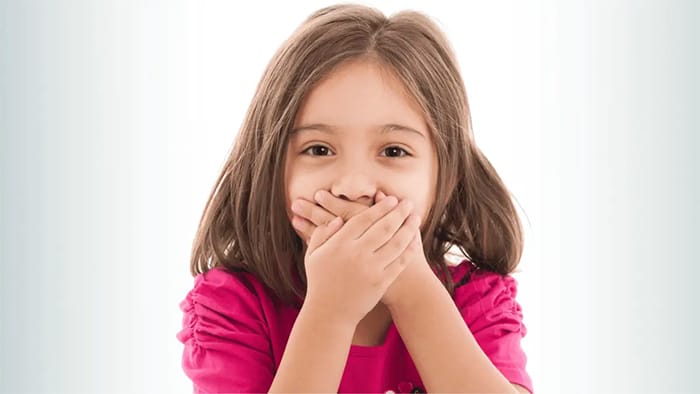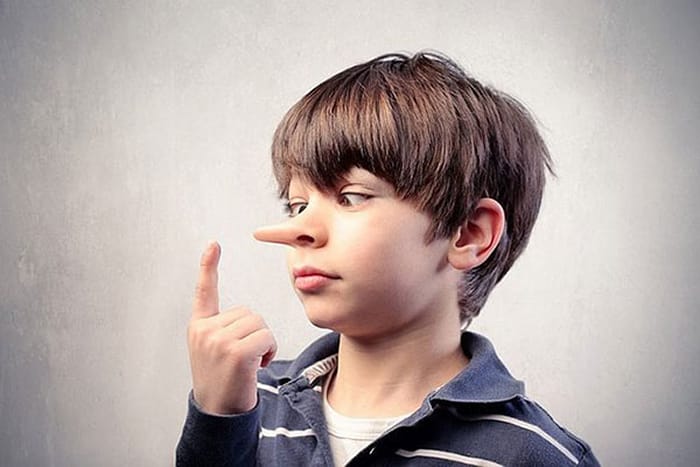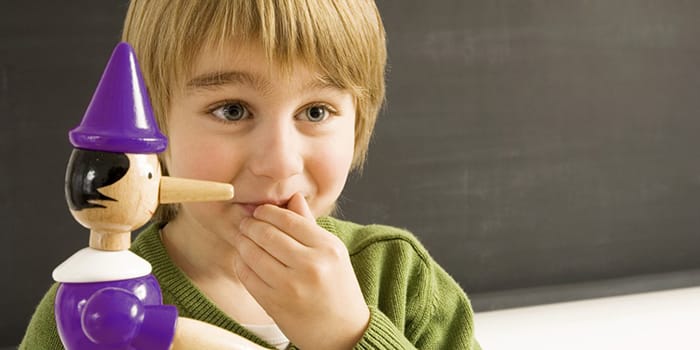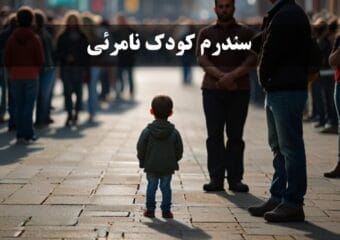
Blog
Lying in children

Lying in children is a significant topic in the field of developmental psychology and child education—and one of the most common challenges faced by many parents. You may have encountered situations like your child saying, “I didn’t eat the chocolate,” while there are clear chocolate stains on their clothes, or claiming that their homework is done while their notebook remains blank. These behaviors often cause concern for parents. But is there truly a reason to worry?
In many cases, lying is a natural part of a child’s developmental process, reflecting growing cognitive and social skills. This article explores the reasons behind children’s lies, offers real-life examples, and provides practical strategies for addressing them.
فهرست عناوین
ToggleLying Reflects Cognitive and Social Growth
The ability to distinguish between reality and imagination typically begins to develop around age 4, but lying behaviors can emerge even earlier—often around age 2, when speech begins. These early lies aren’t malicious but stem from imagination, wishful thinking, or misunderstanding of consequences.
Lying usually continues until around age 6, after which it gradually declines. However, persistent lying beyond this age may indicate deeper emotional or behavioral issues that require further attention.
The Importance of Age Six in Children’s Lying Behavior
Around the age of six, children’s brains reach a new level of cognitive maturity, allowing them to more clearly distinguish between reality and imagination. While children begin to understand around ages 4 to 5 that others may not know what they know themselves, it’s after age six that this understanding becomes more refined.
This awareness enables children to use lying strategically. For example, a child might say, “I didn’t eat the chocolate,” knowing that their mother wasn’t present and therefore lacks that information. This kind of lie is not necessarily a sign of bad behavior but rather an indicator of developing mental abilities, particularly the capacity to consider another person’s perspective.
What Is Theory of Mind?
Theory of Mind refers to the child’s ability to understand that other people have their own thoughts, feelings, and beliefs, which may differ from their own or from reality. This skill is essential for navigating social interactions and plays a key role in lying—because lying requires knowing that someone else might believe a false statement if they lack certain information.
In this context, lying can actually reflect a milestone in cognitive development, as it shows the child can now perceive and manipulate others’ beliefs.
Main Reasons Why Children Lie
Lying in children arises from a variety of motives. Understanding these underlying causes can help parents and educators respond appropriately and guide children toward healthier behaviors.
- Lying as Part of Cognitive Development
Lying in children reflects the development of cognitive abilities, including Theory of Mind (the ability to understand other people’s perspectives) and executive functioning skills (such as impulse control and flexible thinking). These skills are linked to the maturation of the prefrontal cortex and indicate that the child is progressing in their mental capacities.
- Lying as a Problem-Solving Strategy
Children may use lying as a tactic to solve problems. For instance, if a child has done something that could result in punishment, they might lie to avoid the consequences. In such cases, lying represents the child’s attempt to manage difficult situations.
- Other Common Reasons for Lying
- Avoiding consequences or punishment: Children may lie to escape negative outcomes.
Example: A 4-year-old who broke their sibling’s toy says, “It wasn’t me, it broke on its own.” - Curiosity and testing boundaries: Sometimes children lie to explore ideas or test the limits of what others will believe.
Example: A 5-year-old claims, “I can turn on the light with my eyes,” just to see if their parents believe it. - Boosting self-esteem: Some children lie to seek attention or improve how others perceive them.
Example: A 4-year-old tells friends, “I have a big dog at home,” even though that’s not true. - Seeking attention: Some children lie to draw attention from parents or caregivers.
Example: A 5-year-old says, “I did everything by myself at preschool today,” when that didn’t actually happen. - Fear of disappointing others: Some children lie to avoid making parents or teachers feel disappointed.
Example: A 4-year-old who lost a game with friends tells their parents, “I won!” just to keep them happy.
Suggested article: Punishment Schema

Strategies for Dealing with Lying in Children
- Understand the cause of lying:
The first step in addressing lying is to understand why the child is lying. Is it to avoid punishment? Or perhaps to gain attention? Identifying the root cause helps parents and educators choose more effective strategies. - Create a safe space for telling the truth:
Children need to feel that even if they’ve done something wrong, they can tell the truth without facing harsh punishment. This sense of emotional safety helps reduce their need to lie. - Avoid labeling:
Calling a child a “liar” can lead to shame and may even increase lying behavior. Instead, respond with empathy and help the child understand how they can improve their behavior. - Encourage honesty:
When a child tells the truth, praise and encouragement can reinforce honest behavior. It shows the child that honesty is valued and positively recognized. - Model honest behavior:
Children often imitate the adults around them. Parents and educators should demonstrate honesty in their daily actions and explain why truthfulness matters. This helps children internalize honesty as a core value.
In addition to psychological and developmental factors, cultural and social environments can also influence children’s tendency to lie. For instance, in some cultures, white lies are seen as socially acceptable. Children may mimic such behaviors and view lying as a practical tool for handling social situations.
Suggested article: Appearance characteristics of liars

The Role of Media and Stories
Today’s children are exposed to a wide range of information through media, books, and stories. Some of these portray lying as acceptable or even entertaining. For this reason, parents and educators should be mindful of the content children consume and discuss the moral messages conveyed in these stories with them.
برای مشاوره رایگان و رزرو وقت (یا اگر تماس گرفتید و قادر به پاسخگویی نبودیم) شماره تماس خود را وارد کنید. ما به زودی با شما تماس می گیریم!




